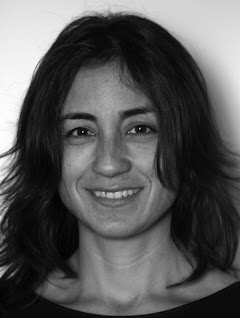Beat
In Lima I covered lots of news, politics, sports, general daily events and plenty of social issues, given that it's a country with a great deal of poverty and inequality. Now that I'm living in Rio de Janeiro, there's even greater inequality, so I explore more stories to do with that.
One Shot

“I like this picture not just for its beauty, but because of how difficult it was - and is - to create a different, creative image of this religious festival, which I have photographed year after year.”
Profile
I learnt to photograph by watching, trying, succeeding and failing, on the streets.
I was sent to a football stadium for my first assignment. I had never been inside one before, and I felt an immediate connection with the madness and obsession, the confusion of punches and kicks. I remember the rejection of the male photographers – the seasoned ones were the worst – but some of them became good friends after a while.
I come from an Andean country that has suffered internal violence, and which saw one decade of terrorism and military operations in the 1980s. When I started out in photojournalism more than ten years ago, those terrible times had almost passed, but I had vivid memories of them in my mind and on television screens. What I honed in on with my pictures were the consequences for people who had lost almost everything – in the worst cases, their homes, relatives or their lives.
The assignment that left the biggest mark on me was the 1996 hostage crisis in the Japanese ambassador’s residency in Lima, which took place at the hands of the Tupac Amaru Revolutionary Movement (MRTA). It was the last big act by a terrorist group in Peru, the final event in a bloody age marked by violence, and my beginning as a photographer.
I don't think of a specific audience when I take photographs. But the people who can grasp and understand the message of the photographer are the ones who are most important to me.
The biggest lessons I’ve learnt? One photo is never more important than your life, and never shoot a portrait of an Aymara person without asking first.
There are many good photographers that I admire. I am always learning from them. For me, the best photographers are those who can handle natural light as if it were a big projector directed from the sky.
Behind the Scenes

